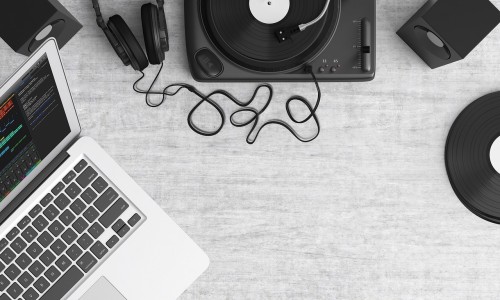Noise-cancelling earplugs have become an essential accessory for many individuals seeking solace in a world filled with constant noise. Whether you’re trying to concentrate in a bustling office, catch some sleep in a noisy environment, or simply enjoy a moment of peace, these innovative devices can be a game changer. With advancements in technology, the effectiveness and comfort of earplugs have significantly improved, making them more accessible and appealing to a wider audience. Understanding their functionality, benefits, and the various types available can help users make informed choices that enhance their auditory experiences.
Noise-cancelling earplugs operate on the principle of sound wave interference. They work by using microphones to pick up external sounds and generating sound waves that are the exact opposite, effectively cancelling out the noise. This technology, known as active noise cancellation, is particularly effective for low-frequency sounds, such as the hum of an airplane or the rumble of traffic. By understanding this basic principle, users can appreciate how these earplugs can create a quieter environment, allowing for better focus and relaxation.
There are two main types of noise-cancelling earplugs: passive and active. Passive earplugs are designed to physically block sound waves by creating a seal in the ear canal. They are often made from foam or silicone and can significantly reduce noise levels. On the other hand, active earplugs incorporate electronic components that actively cancel noise. This dual approach provides users with a versatile solution that can be tailored to different environments and personal preferences.
Comfort is a crucial factor when selecting noise-cancelling earplugs. Many users wear them for extended periods, whether during travel or while working. The materials used in the construction of earplugs can greatly affect comfort levels. Soft foam earplugs may conform better to the ear canal, while silicone options may provide a more durable and reusable solution. Understanding personal comfort preferences is essential for ensuring that users can wear earplugs for as long as needed without discomfort.
In addition to comfort, the effectiveness of noise-cancelling earplugs can vary based on their design and intended use. For instance, earplugs designed for musicians may allow for some sound to pass through while still reducing overall volume. This feature is crucial for preserving sound quality while protecting hearing. Conversely, earplugs designed for sleeping or travel may prioritize maximum noise reduction, making them ideal for blocking out disruptive sounds.
Another important aspect to consider is the fit of the earplugs. A proper fit is essential for optimal noise cancellation and comfort. Many brands offer earplugs in various sizes, and some even provide custom-molded options for a personalized fit. Users should take the time to experiment with different styles and sizes to find the most suitable option for their needs. A well-fitting earplug can significantly enhance the overall experience, making it easier to enjoy peace and quiet.
The versatility of noise-cancelling earplugs extends beyond personal use. They are also valuable tools in various professional settings. For instance, construction workers and factory employees often encounter high noise levels that can lead to hearing damage. By using noise-cancelling earplugs, they can protect their hearing while still being able to communicate effectively with coworkers. Similarly, musicians can benefit from these earplugs, allowing them to enjoy their craft without compromising their auditory health.
Environmental factors also play a significant role in the effectiveness of noise-cancelling earplugs. Different settings, such as urban areas, concerts, or natural environments, present unique challenges in terms of noise levels. Users may need to consider the type of noise they are most frequently exposed to and select earplugs accordingly. For instance, individuals living in cities may prefer earplugs that excel in blocking out high-frequency sounds, while those traveling by air may prioritize those that reduce low-frequency engine noise.
While noise-cancelling earplugs offer numerous benefits, it’s important to acknowledge potential drawbacks. Some users may experience discomfort or a feeling of pressure in their ears when using active noise-cancelling technology. Additionally, there may be a learning curve when it comes to finding the right fit and style. Educating oneself on these potential issues can help users make better choices and enhance their overall experience with noise-cancelling earplugs.
In summary, noise-cancelling earplugs represent a significant advancement in personal auditory technology, providing users with the ability to manage their sound environments effectively. Their diverse applications, from aiding in sleep to protecting hearing in loud workplaces, highlight their importance in modern life. As technology continues to evolve, future research could explore enhancements in comfort, effectiveness, and user experience, ensuring that these devices remain relevant and beneficial for all users.

